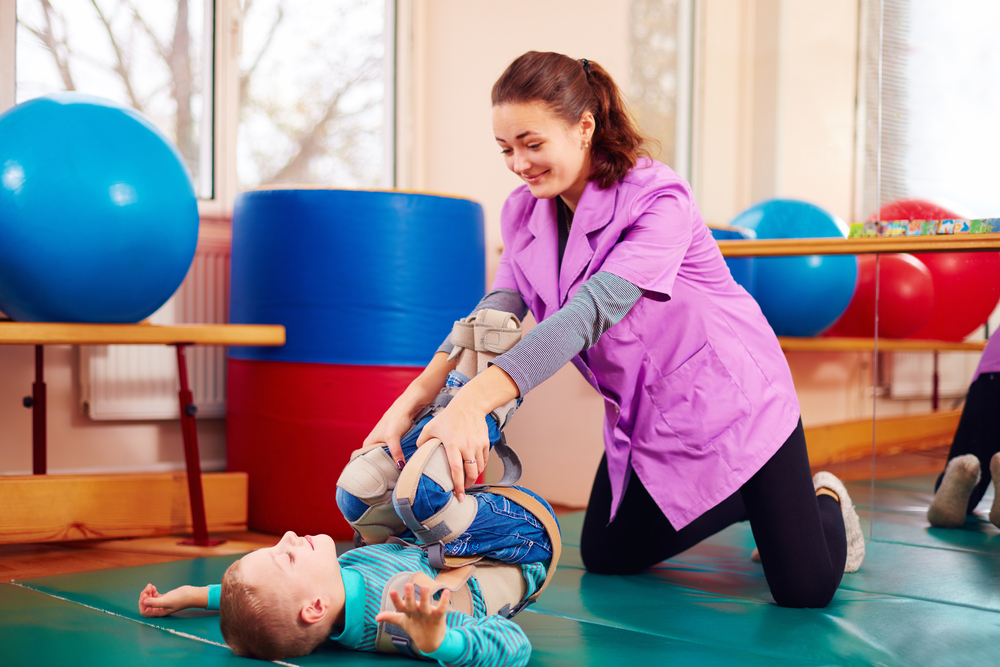Drop in Muscle Strength May Drive Motor Capacity Decline in Cerebral Palsy, Study Finds

A drop in muscle strength may be the driver of the fast decline observed in motor capacity in cerebral palsy patients, researchers found.
The study, “Functional capacity in adults with cerebral palsy: Lower limb muscle strength matters,” was published in the journal Archives of Physical Medicine and Rehabilitation.
People with cerebral palsy (CP) experience faster than normal declines in body movement, going through a considerable decrease before the age of 40.
The accelerated motor debilitation likely results from multiple factors, including the combination of muscle adaptations characteristic of cerebral palsy, like stiffness and weakness, with the natural effects of aging.
But there is very little knowledge on how the body elements that allow movement, like muscles, bones, tendons and joints, evolve with age in patients with cerebral palsy and if the decline in movement is related to degeneration of the muscles themselves.
Some studies have shown that children and adults with cerebral palsy who exercise to improve the muscle strength of their lower legs get significantly better at walking and performing other motor tasks.
This study investigated whether some muscle properties like strength and stiffness are related to motor capacity in people with cerebral palsy and how aging impacts that relationship.
Thirty-three patients with spastic cerebral palsy — the most common type of CP — and a mean age of 25 (ranging from 15 to 51) were enrolled in the study. About half of the patients had received botulinum toxin A injections (an anti-spasticity medication) in the past, and some had orthopedic surgery.
The team assessed patients’ functional capacity by asking them to perform different motor tasks. Muscle strength, activity, and stiffness were measured in the lower leg muscles that act on the ankle, called the plantar flexors, which are responsible for extending, and the dorsiflexors, responsible for flexing the ankle.
Researchers found that changes in plantar flexors isometric strength — the strength that comes from a contraction without lengthening or shortening the muscles — explained most of the variability in patients’ performance on all motor tasks.
Though age did not significantly impact the ability to perform motor tasks, older patients were significantly associated with a lower motor function level, lower plantar flexors’ strength, and worse performances in two of the performed motor tests.
Muscle stiffness when no activity was being performed did not significantly relate to motor capacity and, as expected, plantar flexors’ strength in cerebral palsy patients was about half compared to healthy young adults.
Taken together, the study indicates that plantar flexors’ strength is the most important factor influencing motor performance in these patients.
“Muscle weakness in adults with CP … indicates the need for early intervention to prevent the rapid decline in muscle health (muscle volume, quality, and function) that may occur before 30 years of age in adults with CP,” the researchers wrote.
“Appropriately designed interventions to enhance muscle strength, such as progressive resistance training, might slow the decline in functional capacity and improve overall muscle health in individuals with CP as they age,” they added.
The authors did note, however, that the study had its limitations as they were not able to conclude whether lower muscle strength is the cause or effect of reduced motor capacity, and could not assess the factors that may also impact motor functions such as pain.


